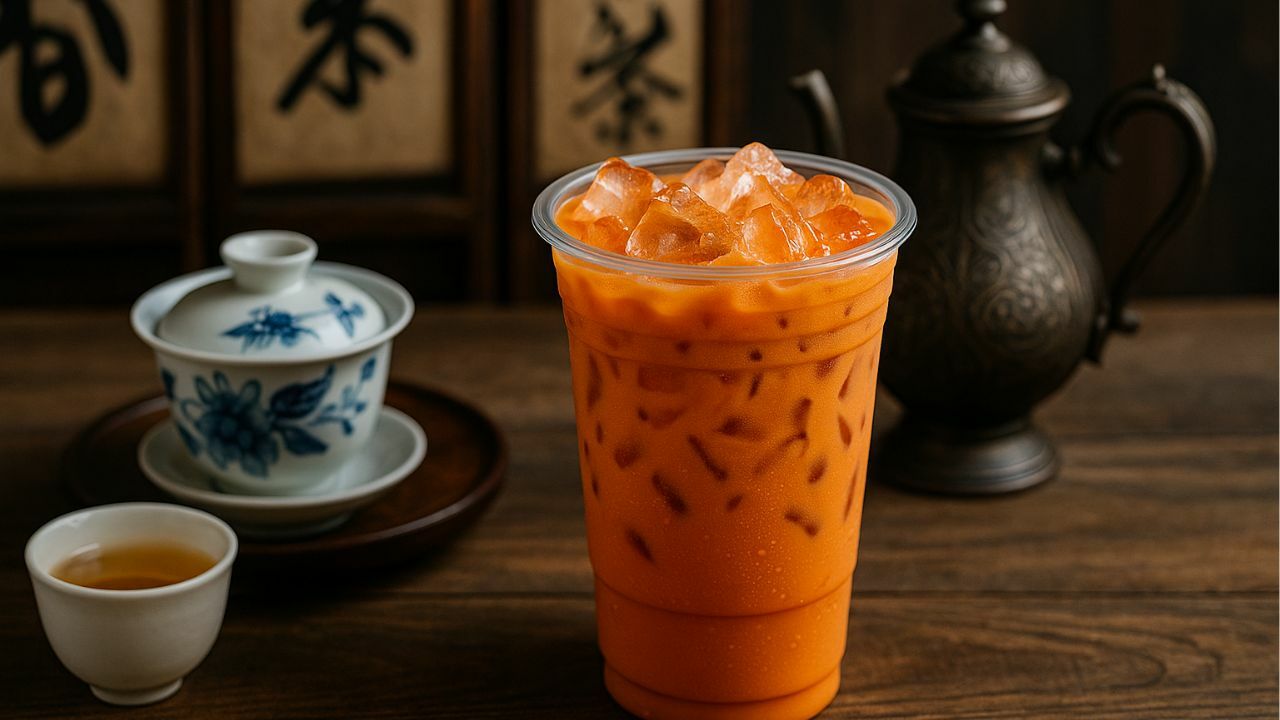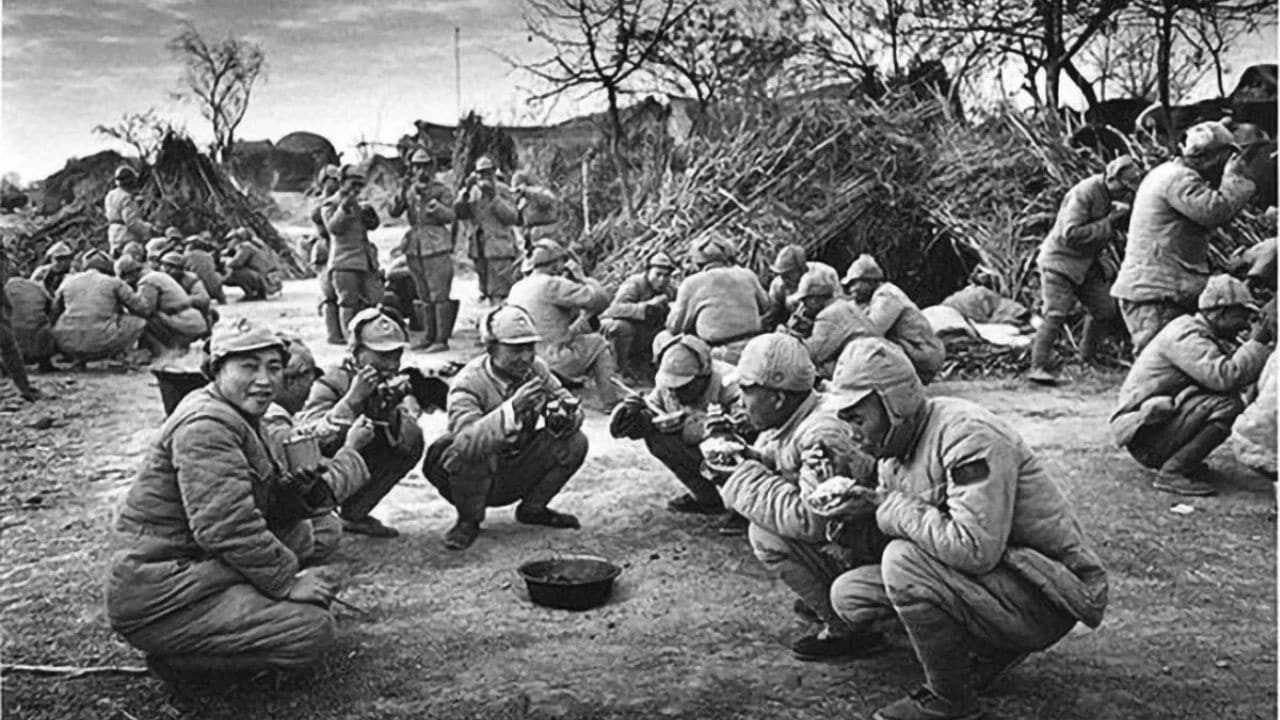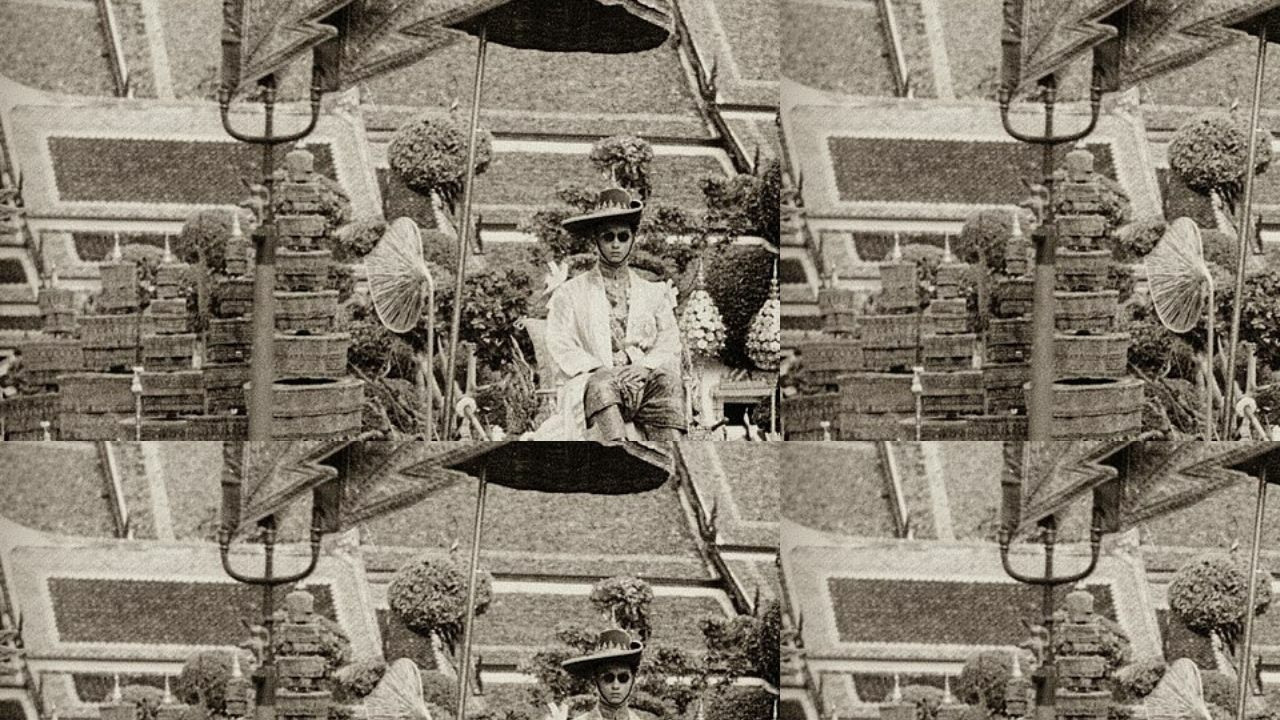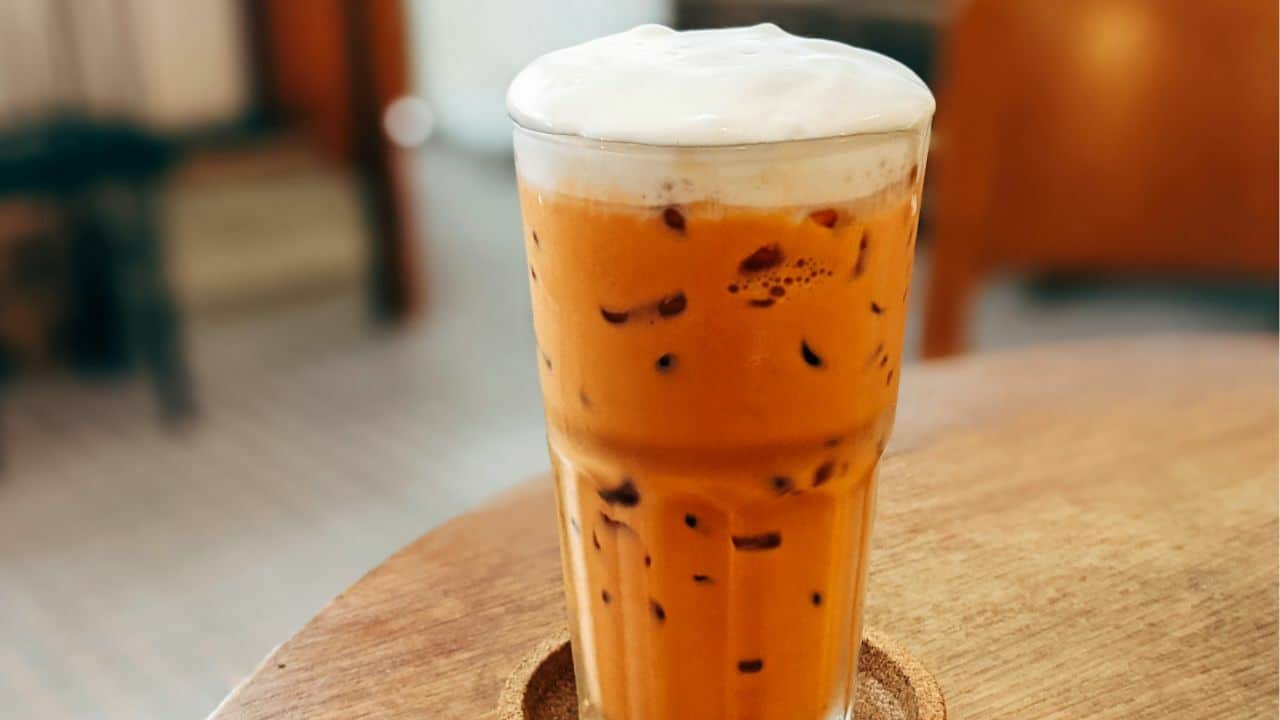

When most people think of a tea room, they picture some serene place in London or Paris. You know the type: lace curtains, porcelain cups, people trying to pretend they’re not judging the placement of your spoon while you stir or you have the people who think of themselves as a worldly person.
They think of an asian taoist room. It could be Chinese, Japanese, Korean, who knows, but it feels like a place where a wise old man will pour you a cup and tell you ancient proverbs. Well, in Thailand, they don’t do serene. They do teahouses that could’ve been an art deco gallery in another life and tea plantations tucked in places where Google Maps still gets lost.
Let’s dive into a cup, shall we?
The origins of Thai tea culture: You didn’t ask for this, but you’re getting it
The history of tea in Thailand isn’t exactly what you’d call calming. There were small pockets of tea drinkers in Thailand for many years, sure, but the big boom of Tea cultivation came in northern Thailand. It began with an incredible combination of war, politics, migration, and yes, a bit of opium, because what else would you expect people to do when they get their hands on a few acres of fertile land?

Around the 1950s, a certain group of soldiers, not the fun kind, found themselves crossing the border into Thailand after the Chinese Civil War had resolved itself, leaving them with no home and no clear purpose except surviving. So, naturally, they started making tea.
These soldiers came from a long tradition of tea drinkers in China, which made sense. They were already familiar with drinking their problems away, so why not keep doing it in the land of smiles, but with a bit more sophistication? They planted tea in the misty hills of northern Thailand, using it as a means to survive, all while escaping political unrest and the stench of defeat.
Tea rooms history 2: The royal tea strikes back
But wait, there’s more! Enter King Bhumibol Adulyadej, a man who was both an economic visionary and a diplomatic genius. Thailand, always a master of neutral ground, saw a golden opportunity. The king welcomed these displaced soldiers and said, How about you make tea and not poppies? A very diplomatic offer, but also a huge win for the Royal Project.

By offering these refugees a second chance at life, the king was not only preventing a communist uprising from sprouting up on his borders, but he was also giving Thailand a new agricultural export. And what did Thailand do with this tea? They sold it to China. Yes, you heard that right. Thailand’s tea culture was built on the irony of cultivating something so Chinese, only to send it right back across the border.
And now, in 2025, Thai tea is… still marginal. Mostly local. Mostly unrecognised outside of a few cosy, overpriced tea rooms that exist in the shadow of the region’s coffee obsession. But those who know, know. Now let’s have a look at the types of rooms you can find in Thailand.
1. The Chinese tea room that’s actually Taiwanese
Red lanterns, bamboo furniture, and background music featuring instruments you’ve only seen in a Zhang Yimou movie. Everything feels authentically Chinese until you realise the tea is actually Taiwanese, the owners are from Chiang Mai, and the most authentic thing here is the expats who came from China, who always talk about China. Sometimes you will find a place the locals like; they will tell you about the skilled tea farmers from Taiwan and China who’ve settled here, bringing their expertise with them like a very subtle flex that says, “We know more about tea than you’ll ever care to understand.”
People here include:
- Retired expats loudly explain China’s politics incorrectly.
- An instructor of some kind (yoga, wellness, fitness, etc.), trying to find zen through overpriced tea.
- Someone on a date pretending to know the difference between Pu’er and Oolong.
The tea is genuinely excellent, served by a solemn “tea master” who looks disappointed when you add sugar.
2. The European-style tea room run by someone who’s never been to Europe
Victorian décor, pastel walls, classical music, and cucumber sandwiches that are more cucumber than sandwich. The owner, who learned everything about Europe from Pinterest, firmly believes that tea must be served at exactly 3pm or civilisation will crumble.
People here:
- Thai influencers wearing enormous hats because of Europe?
- Couples awkwardly celebrating anniversaries, questioning why they moved to Thailand.
- A British tourist desperately pretending the tea tastes just like home. They honestly just want some PG tips.
Every conversation is whispered out of respect for the traditions people saw on Downton Abbey
3. The modern contemporary tea room that could also be an art gallery
Minimalist, white walls, uncomfortable modern furniture designed by someone who clearly hates sitting, and abstract sculptures that might be chairs or possibly a very bold interpretation of female anatomy. Tea is served in glassware that looks so fragile you are scared to touch it.
People here:
- Graphic designers on their fourth “quick brainstorming session” this week.
- Tourists afraid to admit they don’t “get” modern art. Or they all say “My kid can make that!”
- One man staring intensely at a painting that’s actually just a piece of paper covering a hole.
You leave questioning tea, art, and your own intelligence.
4. The time machine traditional tea room
Stepping inside feels like entering a Thai period drama. Everything is handcrafted from ancient wood, and there’s incense burning slowly somewhere you can’t find. Staff members dress like historical reenactors, which is both charming and mildly unsettling. Tourists are doing mental cartwheels, trying to snap the perfect photo in the corner.
People here:
- Older tourists reminiscing about a past they never actually experienced.
- Young people trying too hard to appear cultured.
- A historian quietly weeping over inaccuracies in the décor.
Every sip feels historical, partly because your tea took centuries to arrive (Thai Time).
5. The hidden tea room nobody can ever find twice
Buried deep within a maze of alleyways of *insert Thai city here*, this tea room is legendary. It seats exactly six people. The owner refuses to advertise. The tea leaves are hand-picked and taste perfect. You will never find it again.
People here:
- Two regular Thai locals who clearly know something you don’t.
- A backpacker claiming they travelled all the way to come to this place (They are lying).
- You, desperately trying to save it on Google Maps (it doesn’t exist there).
You’ll rave about it forever, but secretly don’t know if the tea was good.
The bitter reality of Thai Tea culture

While Thailand is producing tea that could easily rival China or Taiwan, the truth is, it’s losing steam. Since 2009, people here drink coffee thick, syrupy, sugary, and iced. Of course, you still have your traditional Thai iced tea (Cha Yen) drinks, but jiggery bean juice drinkers are beating them in numbers.
In fact, most of the tea grown in northern Thailand is exported, mostly to China. Yes, you read that right. Even to this day, China is sipping Thai-grown tea, while Thai people are busy pouring sugar into their iced coffee, totally uninterested in the silent, misty hills where tea grows.
Tea rooms are nice. But like a tourist trap, they’re not about the drink. They’re about the experience of the illusion of zen, the idea that somehow, sipping on something that came from a mountain just north of Laos can make a sweaty, red-faced farang feel enlightened. It is sad because many of these places have premium and flavorful tea.
But ultimately, tea is just tea. It doesn’t save the world. It won’t make you more patient. But it’ll definitely give you a headache after four cups of it.
Much like Thailand itself, tea in this country isn’t about one clean narrative. It’s a patchwork of exile, migration, and a whole lot of geopolitical drama. But in the end, it’s a product of survival, reinvention, and yes, a little bit of colonised influence. What else would you expect when a king hands tea farmers a better life and the world hands them a tax bill?
The next time you sit in a tea room, remember: You’re sipping history. But if you can’t finish the cup, that’s okay. The Thais will forgive you, the Taiwanese tea master might not, though.
The story Tea rooms: Steeped in history, served to people who talk too much as seen on Thaiger News.
